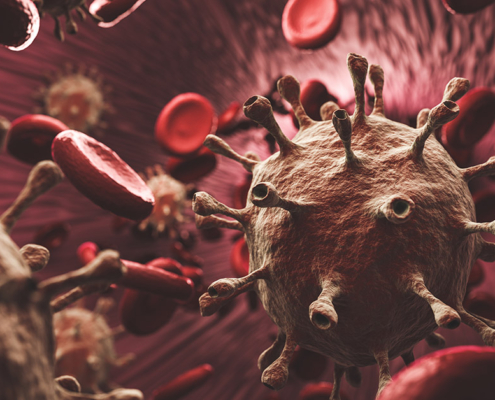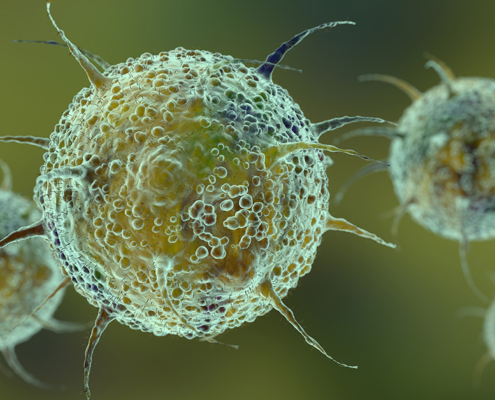Important Bloodborne Pathogens and How to Avoid Them – Part 3
Bloodborne pathogens like hepatitis or HIV are disease-causing microorganisms that can spread through infected human blood. It is important to know how it spreads to be able to avoid it. Bloodborne pathogens can be transmitted through:
- Sexual contact
- A splash in eyes, nose, and mouth
- Sharing hypodermic needles
- Coming in contact with infected body fluids like vaginal secretion, semen, saliva, etc.
- Coming in contact with damaged or broken skin and open wounds
- Accidental punctures from sharp objects
- Pregnant women to their babies
Standard precautions include using eye protection, face shields, and PPE. Avoid all contact with any body fluid and non-intact skin, and maintain personal hygiene. Although highly important for healthcare professionals, these practices must be followed by anyone who may ever come in contact with someone infected or accidental spills.
Here we also answer some commonly asked questions about bloodborne pathogens:
Is Syphilis A Bloodborne Pathogen?
Caused by the bacteria treponema pallidum, syphilis is a common sexually transmitted infection. It can also be transmitted from a pregnant woman to her developing baby (across the placenta). One can easily get the infection from direct contact with a syphilitic sore or rash around the genitals or anus and the lips, mouth, or throat. The condition is largely preventable by practicing good hygiene and safe sexual practices, maintaining long-term mutually monogamous relationships, not sharing personal items, etc.
Is COVID A Bloodborne Pathogen?
The COVID-19 virus infections primarily result in a respiratory condition, making it an airborned pathogen. But it can be spread by mucus membrane exposures similar to bloodborne pathogens. Transmission sources also include sputum, spit, and mucus-containing blood. Body fluids are considered potentially infectious material by OSHA. For protection, one must follow the necessary safety protocols, such as using PPE kits, partitions, ventilation, and uncontaminated medical tools. Ultimately, with bloodborne pathogens, the risks are known and well-established, but this is unlikely with COVID, so one must thoroughly follow the safety measures.
Is Scabies A Bloodborne Pathogen?
Human scabies is a parasitic skin infection caused by an itch mite. The female mite burrows into the skin’s upper layer to live and lay eggs. If it gets into the bloodstream, the complications can be life-threatening. One cannot usually get scabies from casual touch, as it takes prolonged personal contact with the infected person. Transmission is common within the intuitional and household setting and with kids, the elderly, disabled, or the debilitated. So it is best to avoid direct contact with an infected person, use prescribed ointments, and not share contaminated clothing, bedding, and personal items.
The Bottom Line
Bloodborne pathogens are viruses and bacteria that can enter the bloodstream through direct or indirect contact. Therefore, training is essential in workplaces and elsewhere to understand how the infection spreads, minimize exposure, and what to do when exposed to infectious material. Bloodborne pathogen training is necessary for employees, volunteers, and those exposed to potentially infectious materials to avoid dangerous aftermath.
First Response Training International offers courses in First-aid, CPR, AED, Workplace Safety, and more. To learn more about our classes and curriculum visit our Training Programs page. If you are interested in becoming a First Response CPR/First-aid Instructor, visit our Becoming an Instructor page. Thank you for reading and sharing this blog.












Leave a Reply
Want to join the discussion?Feel free to contribute!